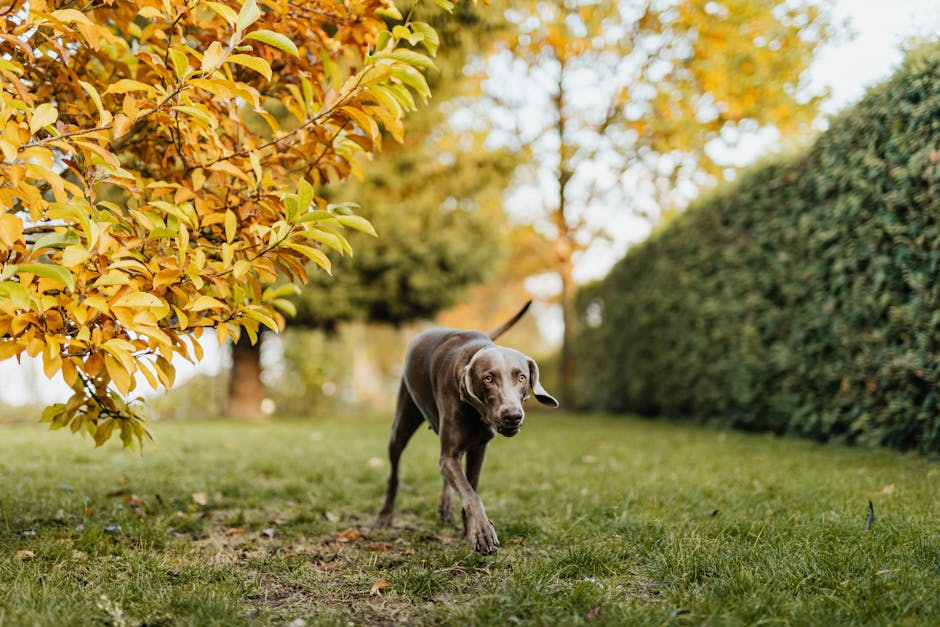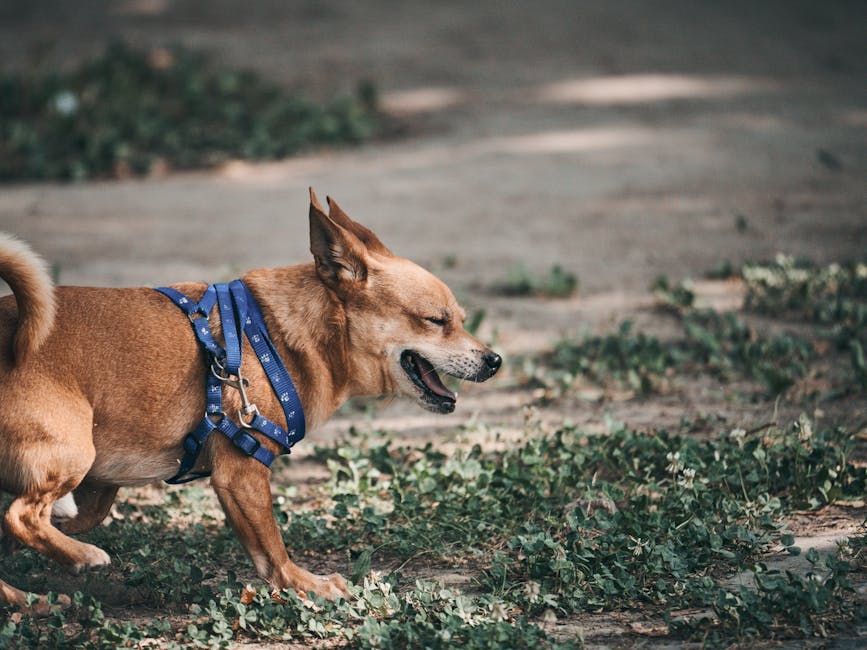How dogs get rabies?
Most people believe that if your dog has never been exposed to a rabid animal, then it cannot get rabies. This is false! Many dogs have what are known as latent (or dormant) infections with rabies virus.
In fact, up to 20% of all puppies in America will test positive for rabies at some time in their lives!
Latent infection means that the body’s immune system was able to contain the rabies virus but you still need to be sure that it does not reactivate before you can say that your dog is truly “rabid free.”
There are three ways that a dog can get into contact with rabies virus: through saliva, through broken skin or by receiving an injury from someone who is bitten by another animal and later tests positive for rabies. It is very important to be aware of this so that you can make sure that your dog does not become infected.
History of rabies

Before human domestication, dogs were not part of our society. They lived in wild packs with other species and did not form strong pack bonds with individual animals.
When humans began to domesticate canines around 10,000 years ago, they formed closer relationships between each animal and person. These close bonds allowed for more frequent interactions, which means more chance encounters that could potentially lead to infection or exposure.
Because these infections occurred less frequently before human domestication, most people are unaware of how diseases spread prior to this time. This makes it hard to identify risk factors for infectious disease.
Prior to 1950, almost every case of dog-to-human transmission happened when one dog bit another. Afterward, an additional element was introduced: someone touched the bite area on the victim directly without first washing their hands.
This article will discuss some symptoms of canine transmittable diseases as well as potential treatments and ways to prevent them. However, only two diseases mentioned here pose a significant health threat unless exposed — so do your research!
Topic and bullet point sequence
Bullet point: Check out our tips to stay safe around dogs
It is important to be aware of the different signs of illness for each disease to know if a dog has been exposed.
How do I tell if my dog has rabies?

If you are ever in doubt whether your dog has rabies, then check his or her mouth. Does he or she have foam around their mouths and/or saliva that looks frothy and pinkish in color?
If so, your dog definitely does!
That is a very important way to identify if your dog has rabies. It can take some time for dogs with rabies to show these symptoms, but if you are able to recognize them early, then it helps save lives.
It also gives people time to seek medical help before the disease becomes too advanced.
What are the symptoms of rabies?

Unfortunately, most people know if their dog has rabies by looking at it and deciding whether it is behaving strangely or seems aggressive. If this happens, they usually call animal control or the vet right away!
Sadly, though, this isn’t always helpful because many dogs with rabies behave normally for a few days before showing signs of aggression. Even worse, some animals don’t show any outward signs of having rabies until long after they have been exposed to another mammal that was infected. (This is why it is important to keep your dog indoors and restrained during an unexpected exposure.)
Furthermore, even if your dog does seem rabid, only about one in five human doctors can accurately diagnose canine rabies. Some physicians may not be sufficiently trained in veterinary medicine to recognize the disease.
All these factors make preventing rabies very difficult unless you take certain steps. Fortunately, there are vaccines available that prevent dogs from getting sick.
Can my dog get rabies and not show symptoms?
Even if your dog does develop clinical signs of rabies, there is no guarantee that it will transmit the disease to another animal or person.
Many dogs that are exposed to rabies never show any signs of the disease. Some animals have natural antibodies in their system which help prevent them from contracting the virus.
Other cases may also recover spontaneously without requiring treatment.
Symptoms can take up to 12 months to appear even after exposure so it is important to watch your dog for this period of time. If you notice symptoms such as nervousness, aggression, drooling and/or salivation, contact of health immediately!
Your vet may need to do blood tests and brain scans to confirm diagnosis.
What can I do to prevent rabies in my dog?

The best way to protect your dog from rabies is by ensuring they are current on their vaccinations, spaying or neutering them, and limiting exposure to dogs.
If you notice symptoms of rabies in any animal, even if it’s not quite sure whether it has been exposed to canine saliva, call your veterinarian right away!
They may recommend keeping the area clear until the disease can be ruled out, which could take several days at the very least.
It is always better to err on the side of safety and play it safe than to worry about your dog getting sick and potentially suffering more due to delayed care.
Are there any treatments for rabies?

The short answer is yes, but only if the disease has already fully developed. There are two types of treatment that can be used to prevent rabid animals from biting people: immunization and therapeutic vaccination.
Immunizing someone against the rabies vaccine may or may not work, so it’s important to see what kind of pretreatment vaccines you have before giving patients an injection.
Therapeutic vaccinations aren’t actually designed to prevent infection, but instead to reduce the symptoms of rabies in people who are already infected. These include administering gamma globulin (blood products) or immune serum obtained directly from individuals who have recovered from rabies.
By reducing the virus load in the body, these treatments may help keep the patient alive longer until they get medical care and appropriate vaccines.
There is one potential therapy for dogs with active rabies — zinc sulphate. Animal studies suggest that this could potentially work as a way to suppress the replication of the rabies virus in the animal brain. Unfortunately though, no human trials have been conducted to determine whether zinc would also work in people.
What should I do if my dog has been exposed to rabies?

If you find your dog acting strangely or having trouble breathing, call 911 immediately! While it is good practice to get your own house clean before helping others, doing so may not be possible in an emergency situation.
It is important to note that even if your dog does not show any symptoms of rabies, he can still pass along the disease to someone else later. Your dog could injure someone by biting them while experiencing abnormal behavior such as aggression towards other animals or people.
Rabies is almost always fatal for humans once symptoms appear, which usually occur around one week after exposure. Unfortunately, there are no treatments available beyond those mentioned earlier.
Fortunately, medical professionals have protocols they follow when confronted with a potential rabid animal. These protocols include requiring quarantine of the potentially infected area until doctors can verify that the infection has cleared and then treating the patient for rabies depending on whether or not they were bitten.
Are there any vaccinations for my dog?

While most dogs do not need rabies vaccination, some breeds are considered to be at higher risk of getting rabies. Therefore, your vet may recommend it or even require you to have one before bringing your dog home!
If this happens, your pet will go through an additional round of immunizations before being allowed to come back into public.
These include vaccines against other viruses that can cause symptoms like those from rabies (such as distemper). Some countries also require a minimum interval between rabies shots for pets, usually around two years.

